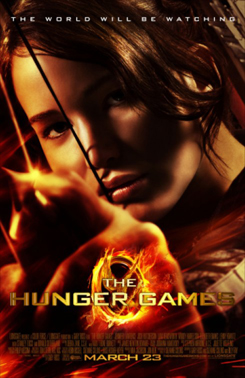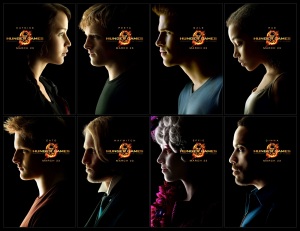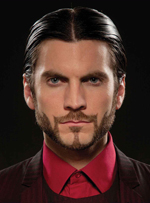Uglies is yet another one of those series I started without any idea of the plot (I have got to stop doing that. It’s really going to backfire on me someday). All I knew was that it’s yet another YA dystopian. I know, I know, the genre is flooded with mediocrity right now, but before you immediately tune out, let me just throw this out there: this one is actually good.
PLOT:
Uglies follows Tally Youngblood, a 15-year-old girl living in a futuristic society that has decided that the main thing wrong with the world is that attractive people have unfair advantages over the unattractive. The solution? Everyone undergoes cosmetic surgery on their 16th birthday, modifying all their facial and physical features to fit a common standard of perfect beauty.
Once the procedure is complete, these former “Uglies” are now allowed to live in beautiful cities with the “Pretties,” where their every need is catered to via a hole in the wall (think replicators on Star Trek: TNG), and their only concern is what to wear to the next fabulous party.
Tally is eagerly awaiting her operation, passing her time with harmless pranks on the Pretties, until she meets Shay. Shay is also 15, and therefore also an Ugly. As a matter of fact, she and Tally share the same birthday, which means they will have their procedures at the same time.
The difference is that Shay doesn’t want the procedure. And after unsuccessfully trying to convince Tally to run away with her, Shay disappears. All she leaves behind is a set of cryptic instructions, in case Tally wants to join her.
While Tally is concerned for Shay, she doesn’t fluctuate in her desire to become a Pretty. She hopes Shay got what she wanted. But soon, Tally will get what she wants too.
However, on the day of Tally’s procedure, she is presented with an awful choice: go find Shay, and the rebels she has run away with, or stay Ugly forever.
Thus begins Tally’s journey to the Smoke, the secret rebel hideout that Shay has fled to. All Tally wants is to put this all behind her and become Pretty. Until she finds the Smoke, and starts to question everything she ever believed.
MY THOUGHTS:
I’ll admit, I was a little wary about starting a series that revolves around being pretty. I mean seriously, how much more superficial can you get? I was prepared to be super-annoyed with the shallowness of it all.
But once I started reading, I found myself completely absorbed in Tally’s world. Mr. Westerfeld actually made me understand how Tally would want nothing more in life than to become Pretty, and managed to do it without making me hate her. No small task.
There were a few things I could nitpick about the plot. The endless hoverboarding, for example (I couldn’t help but think that Mr. Westerfeld may have just wanted an excuse to stretch this scene out for an entire book…or four).
Also, I had a little bit of a hard time figuring out how anything actually got accomplished in this world. What I surmised was that the inhabitants of Uglyville go to school, then turn 16 and party hearty for a few years until they hit “Middle Pretty” age and actually start contributing something to society. Not that I could imagine any of them actually wanting to contribute, since it sounds like the Pretty lifestyle was the epitome of luxury and indulgence. Maybe you or I would get tired of living like that, but the Pretties don’t seem to mind in the least.
Is a workforce consisting entirely of middle-aged ex-partiers (as it’s implied that the elderly, or “Crumblies” — ouch — also do not work) enough to keep this advanced society running smoothly? Maybe not in the world you and I live in. In the world of Uglies, though, it works.
When it comes to YA fiction — or any fiction, for that matter — I can almost always poke holes in the logic of its world. The question I have to ask myself is, “Did I care?” If the answer is yes, it pulls me out of the story and diminishes my enjoyment of the book.
With Uglies, the answer was no. I didn’t care that not everything made sense. What I cared about was Tally. Was she a perfect character? Heck no. She drove me nuts at times (this is also one of the main downfalls of reading YA lit, period. The protagonists are always teenagers. I am not). But she was fun to read about, her journey was exciting, and I couldn’t put the book down until I knew what happened to her.
Content guide: contains some mild violence.
Uglies has three sequels: Pretties, Specials, and Extras. I recommend the whole series.








